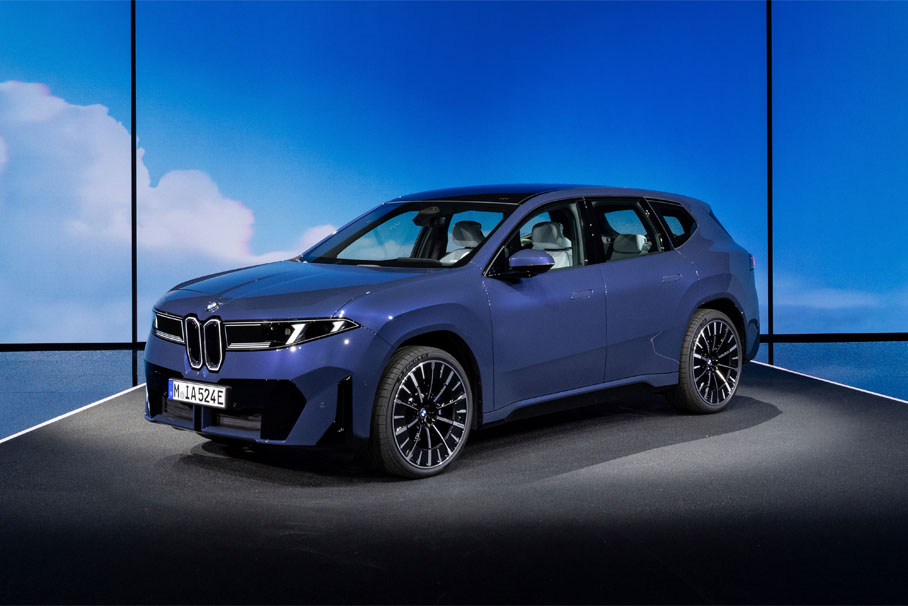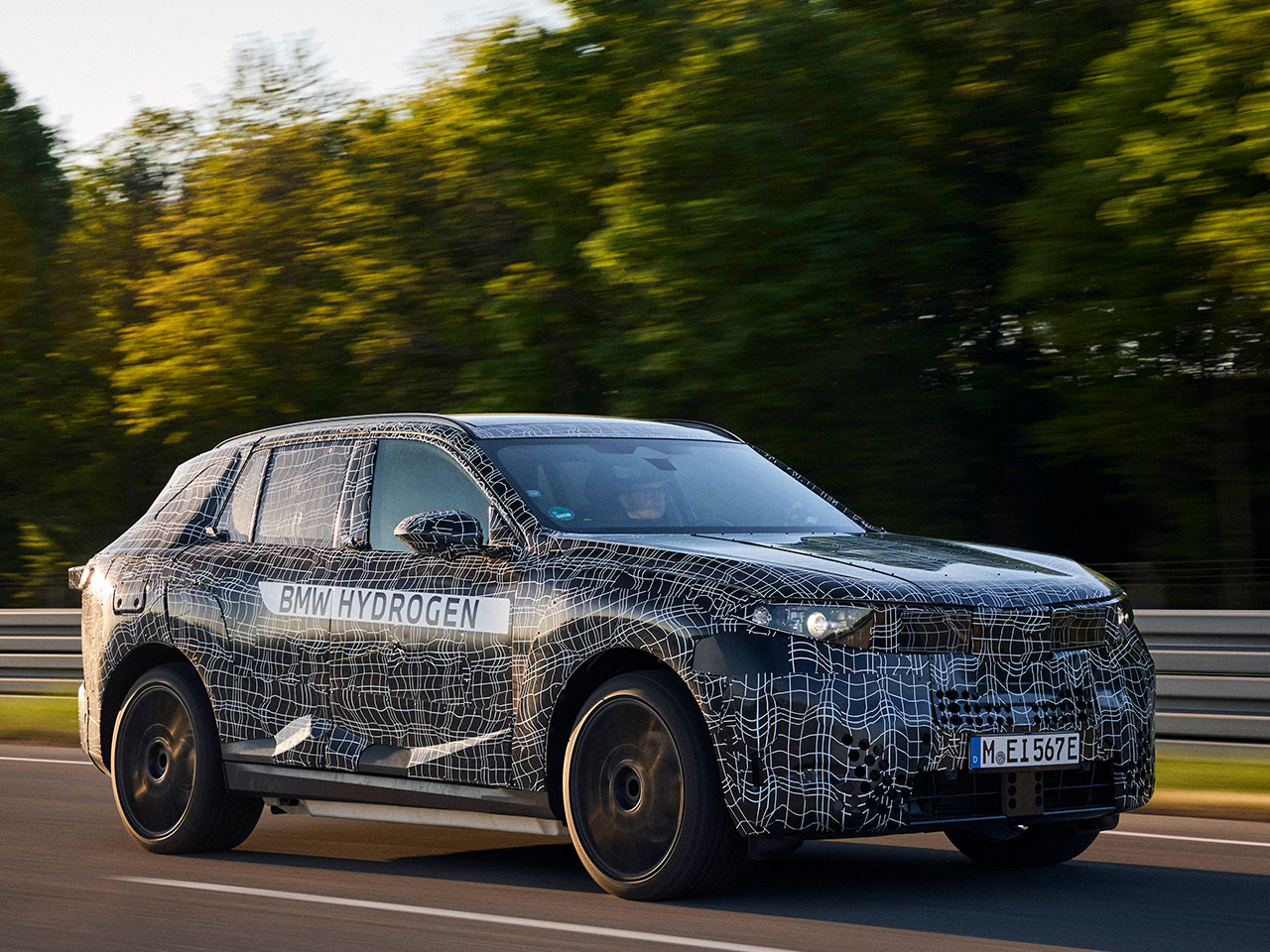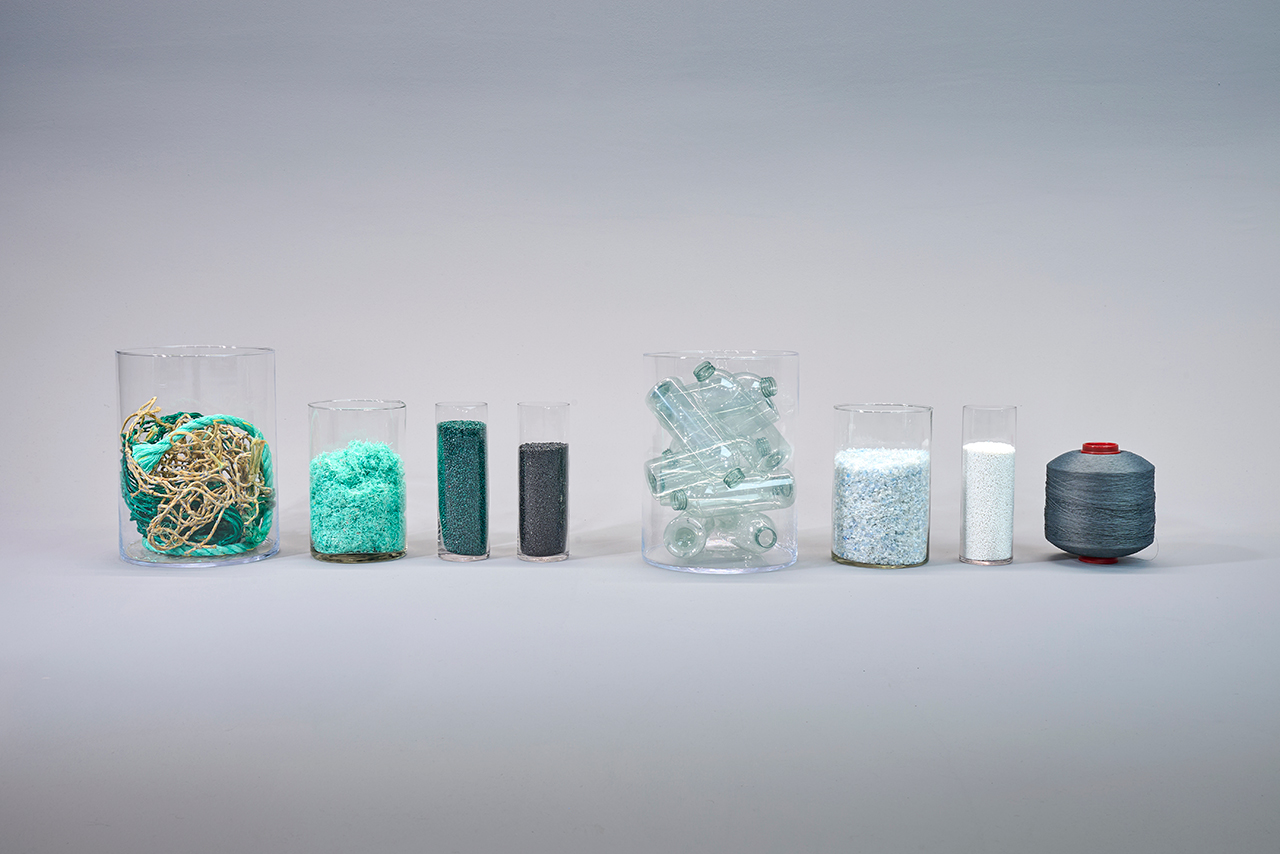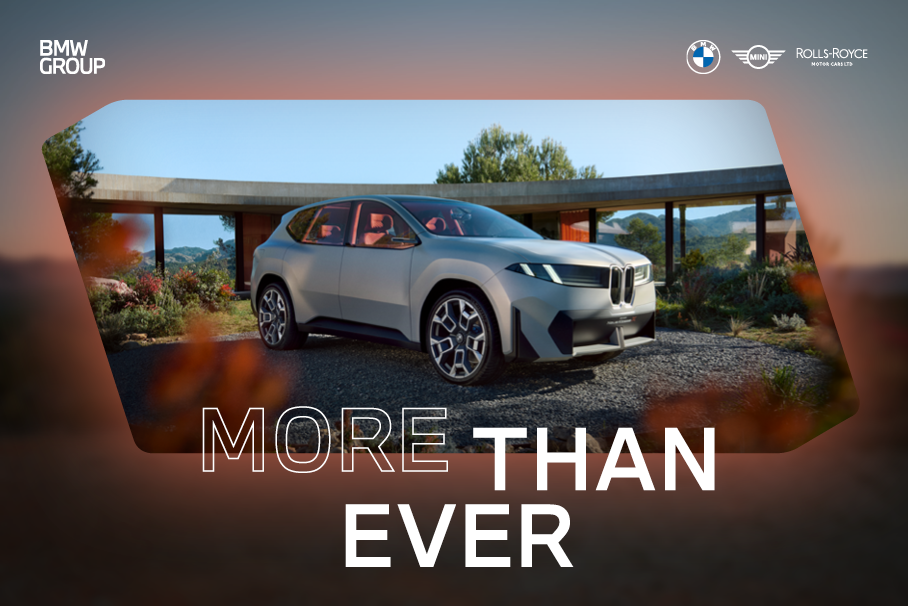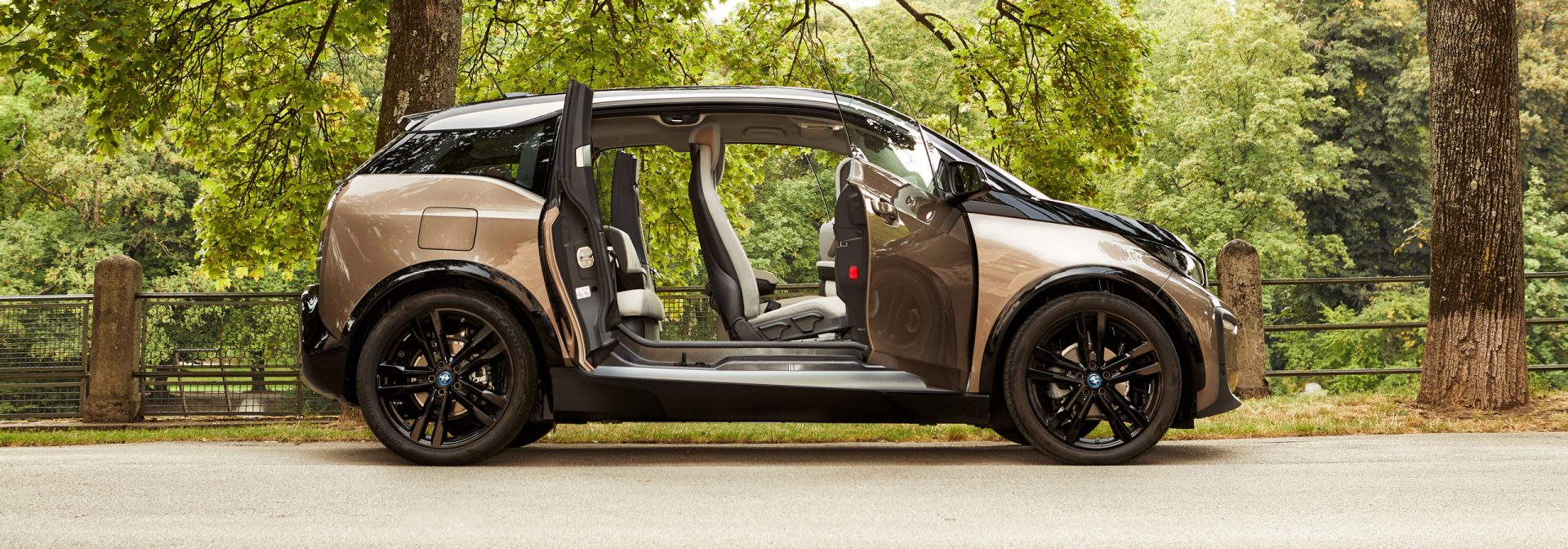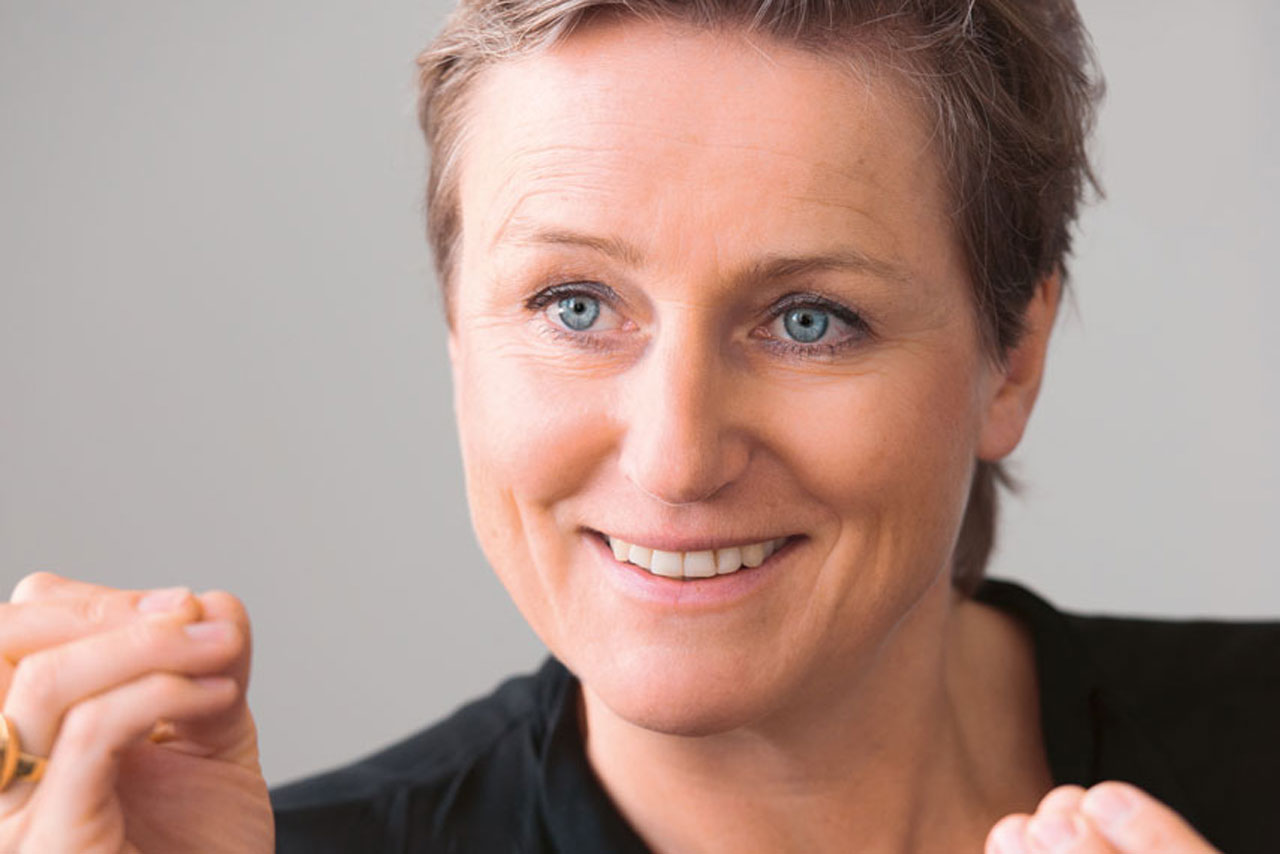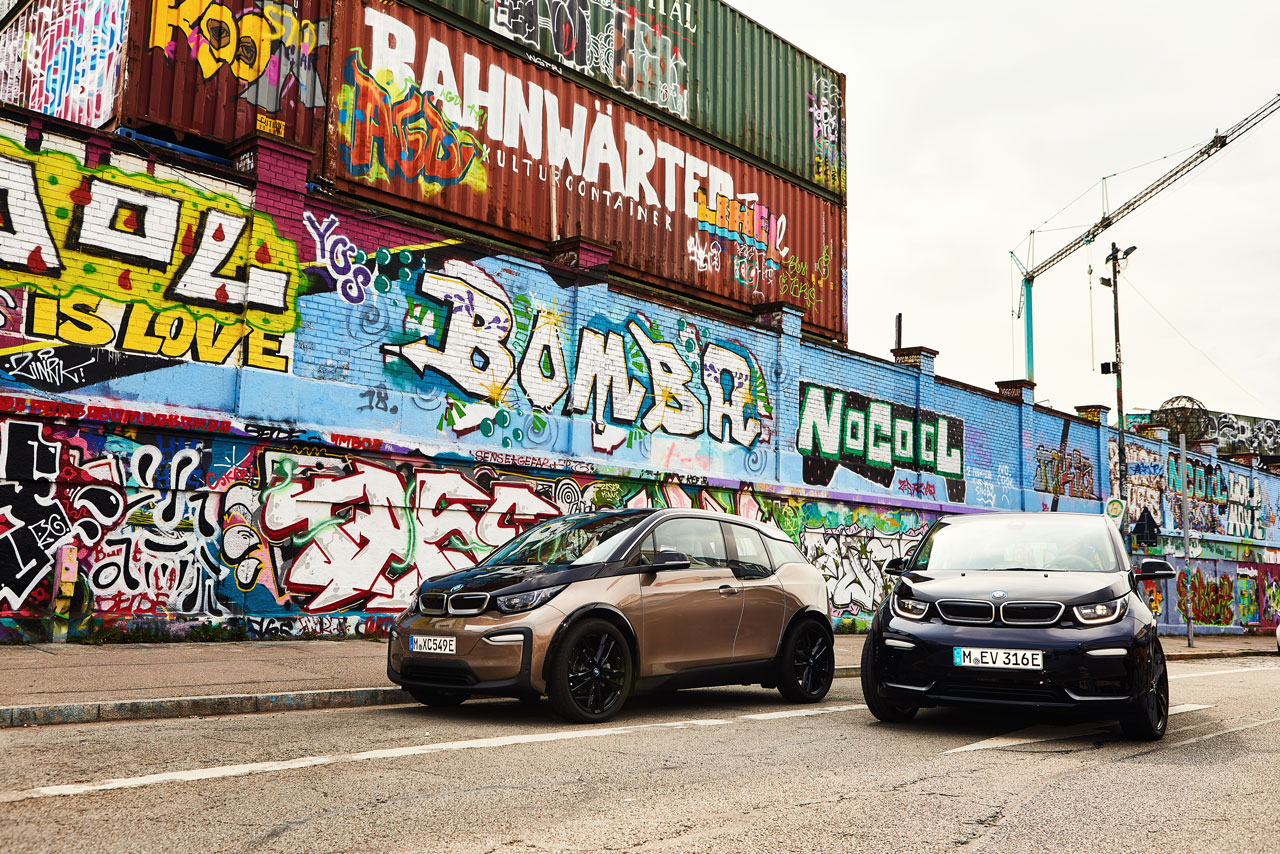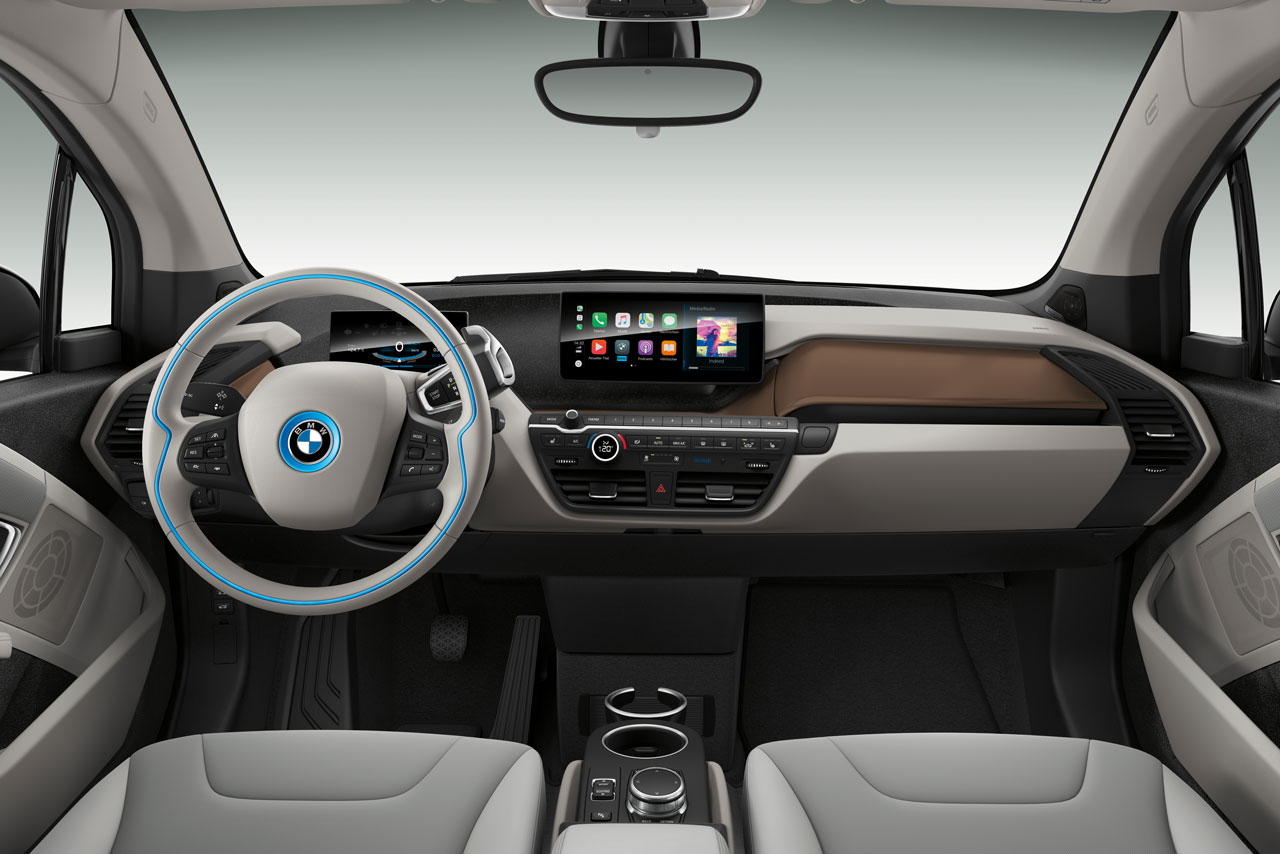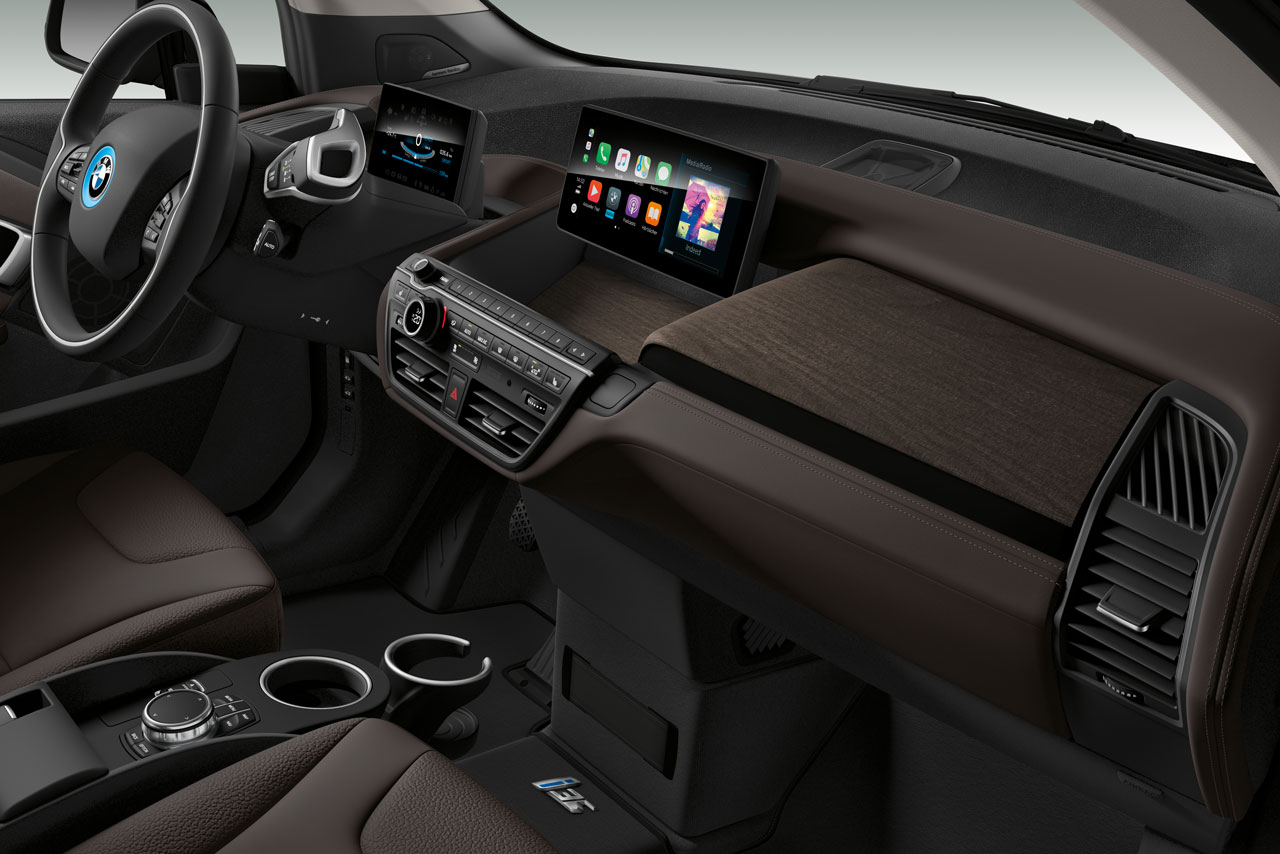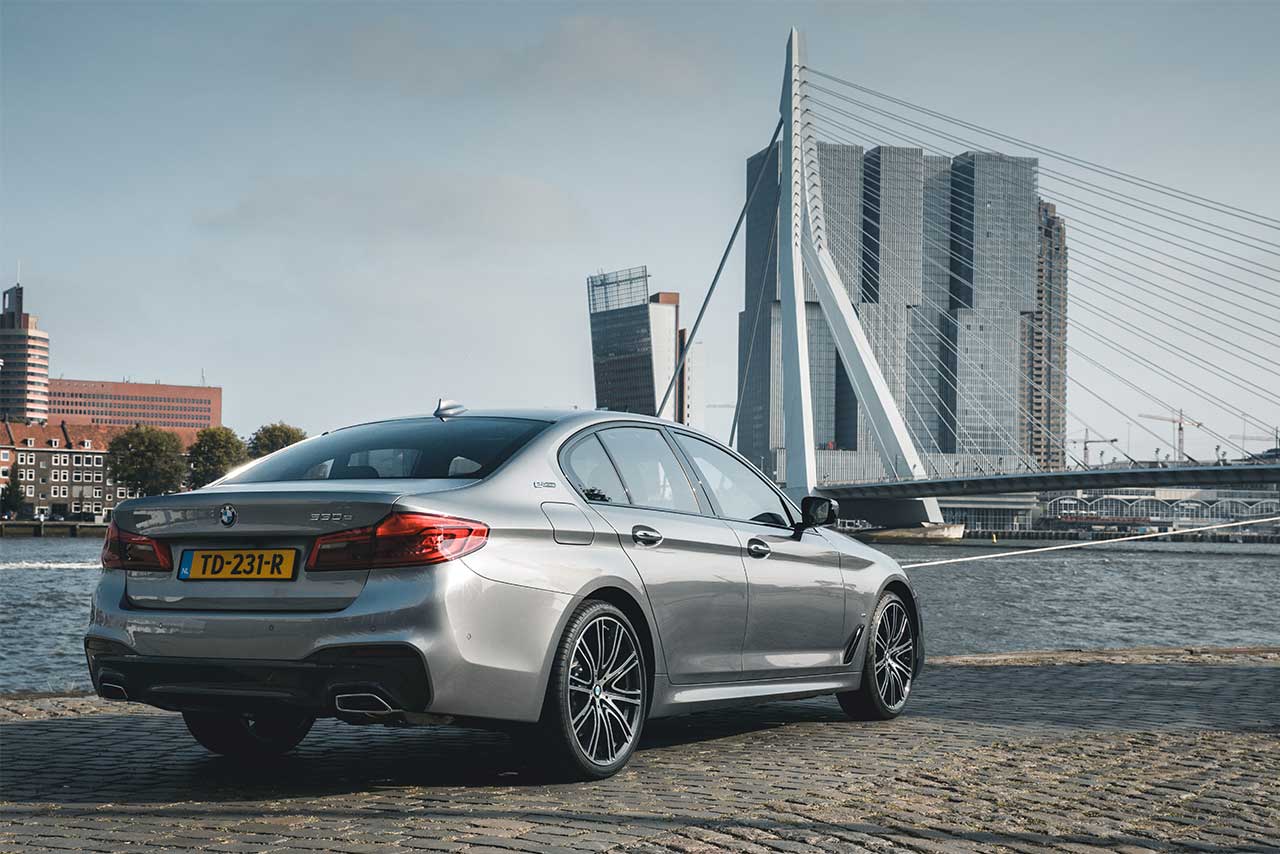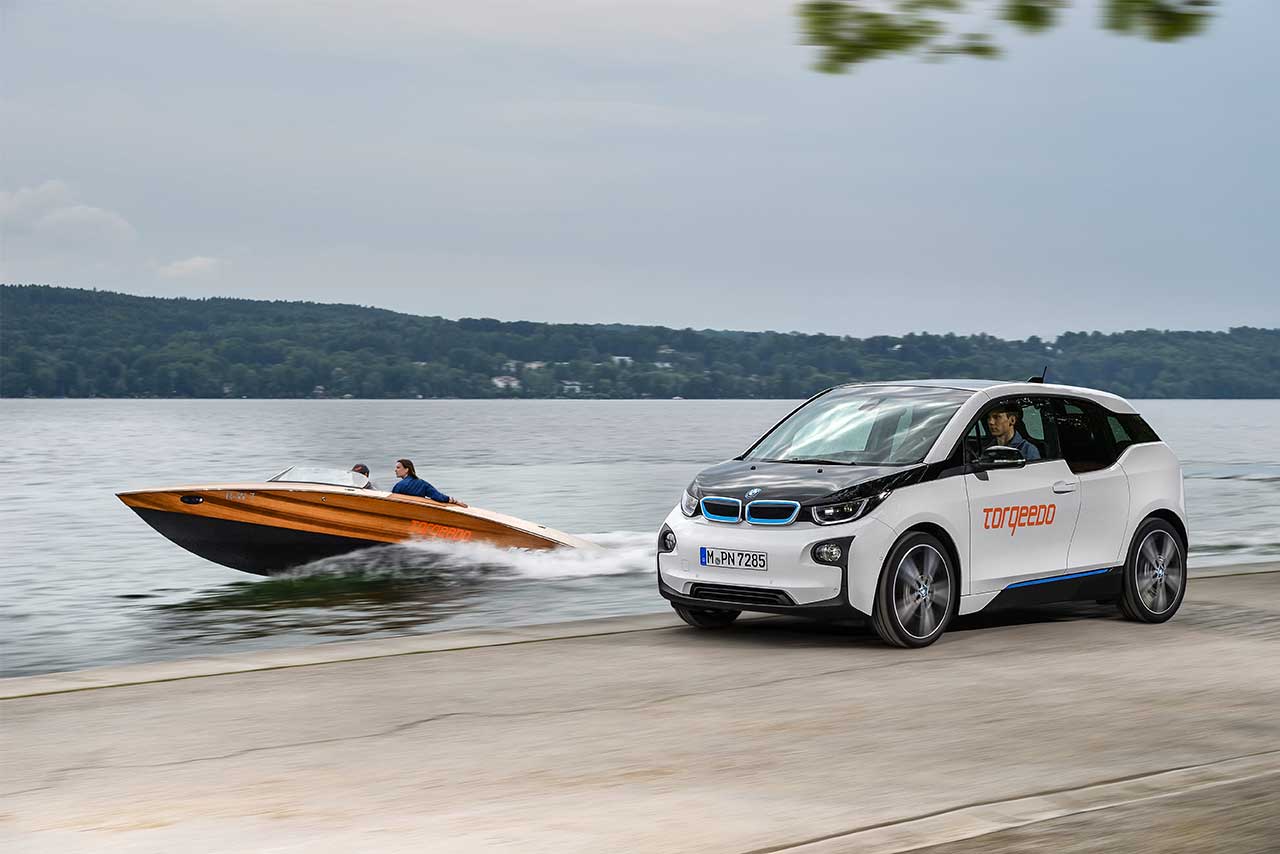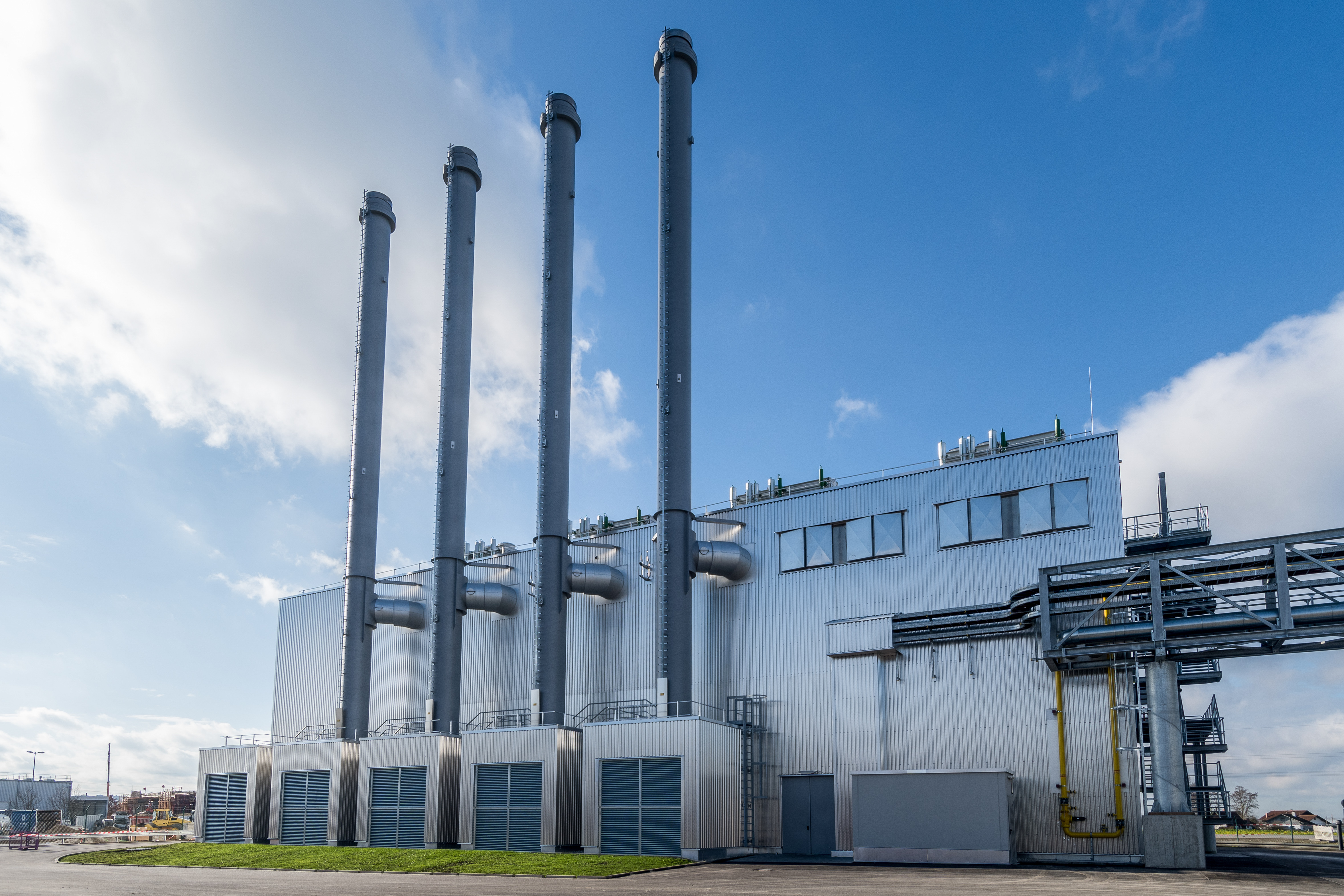Emission-free mobility will not be enough to change the world. That’s one of the reasons why the BMW Group developed its first wholly sustainable series-production vehicle, the BMW i3. This pioneering work “demanded a totally new way of thinking from all of us”, explains Daniela Bohlinger, who promotes sustainability at all BMW Group design brand studios.
With sustainability thought through from beginning to end, the BMW i3 embodies a new attitude towards mobility. Ms Bohlinger, what was your goal in developing materials for the interior design?
Daniela Bohlinger: “We wanted to give sustainability a face and enable people to experience it with all their senses in the interior as well.”
What principle did you and your team follow?
Daniela Bohlinger: “Sustainable design seeks new answers. We found them by questioning everything. For example: Do we have to use chromium for tanning leather? Where does our wood come from? Can we use polyester made from recycled materials?”
What yardstick did you apply to new materials?
Daniela Bohlinger: “Two aspects provided us with direction: Does the material blend in with the interior concept, i.e. are the materials well orchestrated? Does the lifecycle of the material meet our sustainability requirements: from its origins – mainly in Europe – through processing and transportation, all the way to reuse and recycling. Our holistic approach really demanded a totally new way of thinking from all of us.”








